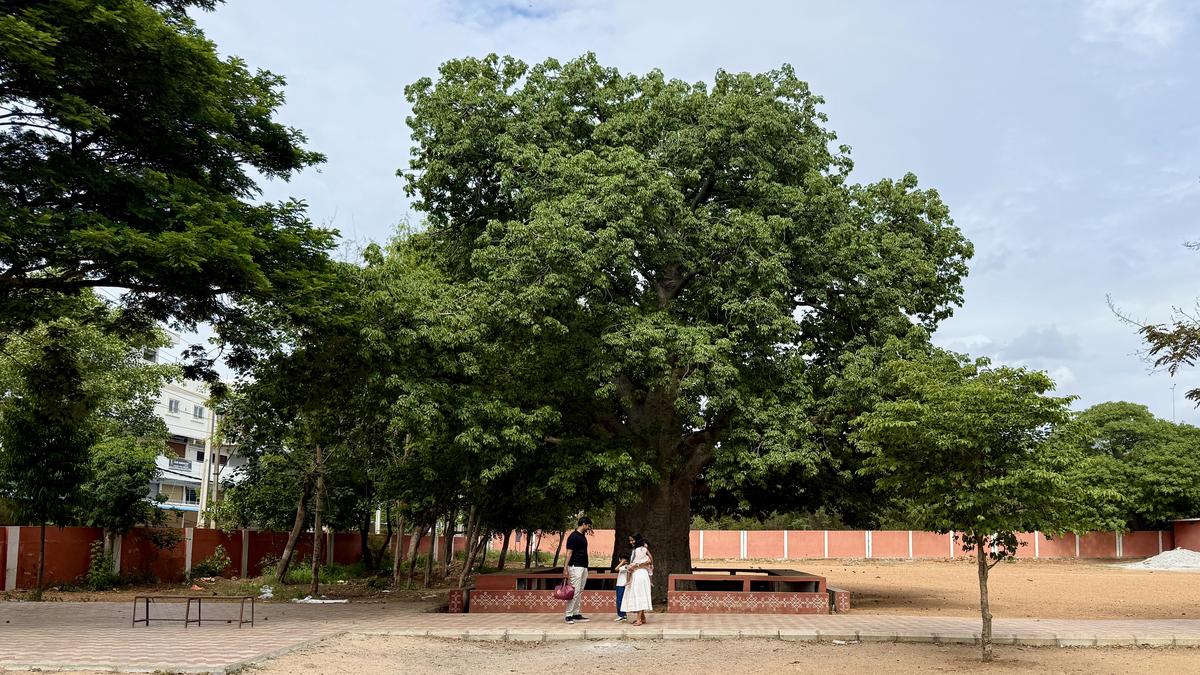Now Reading: Hyderabad Group Discovers 37 Rare African Baobabs Across City
-
01
Hyderabad Group Discovers 37 Rare African Baobabs Across City
Hyderabad Group Discovers 37 Rare African Baobabs Across City

Quick Summary:
- The African Baobab tree is facing abiotic stress globally due to factors like climate variability, hot droughts, and landfalling cyclones.
- A baobab tree near Hyderabad’s PVNR Expressway collapsed but survived; surrounding encroachments have blocked pathways for worshippers visiting the nearby Ananta Padmanabhaswamy temple.
- In hyderabad, there are 37 identified baobabs, including seven in aramghar (two inside Jamia Islamia Darul Uloom and three in Zilla Parishad High School). One of these has a girth of approximately 45 feet.
- Baobabs are historically significant with traces linked to pre-modern trade routes; arab traders and colonizers brought them to India, including through figures like the Dutch and British.
- An earlier study revealed that the african Baobab within Naya Qila at Golconda Fort is possibly over 484 years old with one of the largest girths measured outside Africa at 83.5 feet.
Indian Opinion Analysis:
The plight of African Baobabs amid abiotic stress holds lessons on biodiversity conservation in urban landscapes like Hyderabad. Although India’s climatic challenges differ from Africa’s impacts on baobabs-loss here stems more from habitat encroachment-it raises critical concerns about preserving historical trees that serve ecological and cultural roles. Mapping efforts highlight their importance as living relics connecting modern India to global histories of trade and colonization.
Efforts by nature groups demonstrate civic interest in saving such unique flora; however,stronger government measures may be warranted given rapid urbanization threatening biodiversity hotspots across cities like Hyderabad.
Link for more information: The Hindu
























